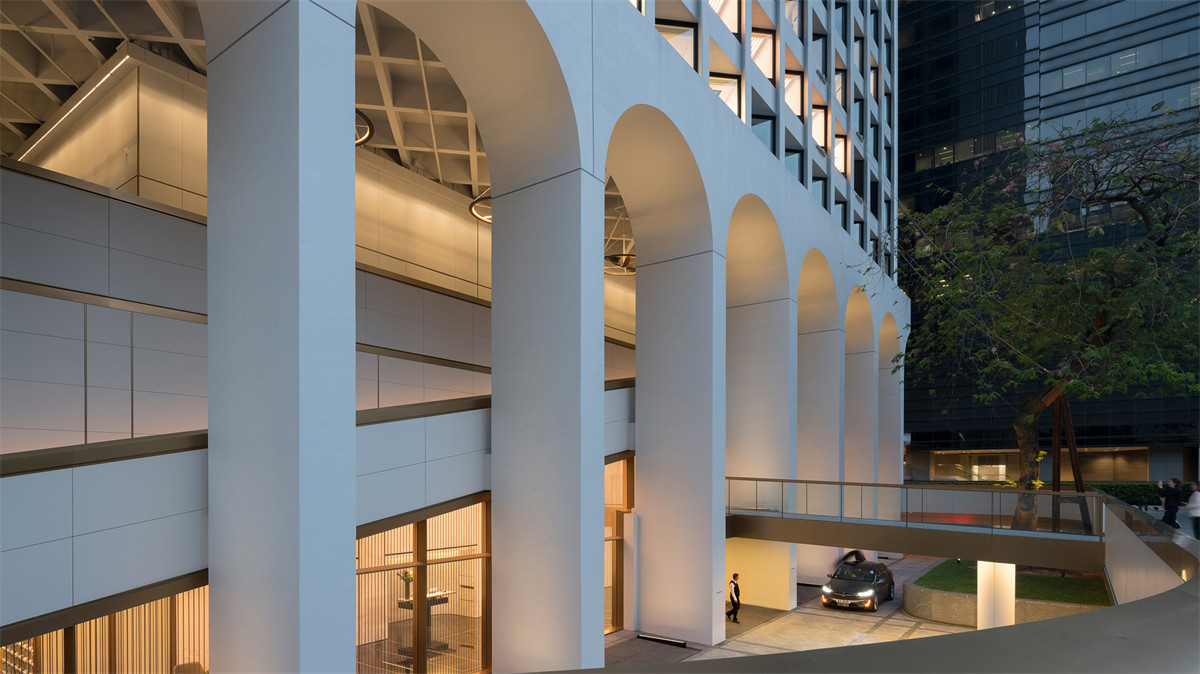
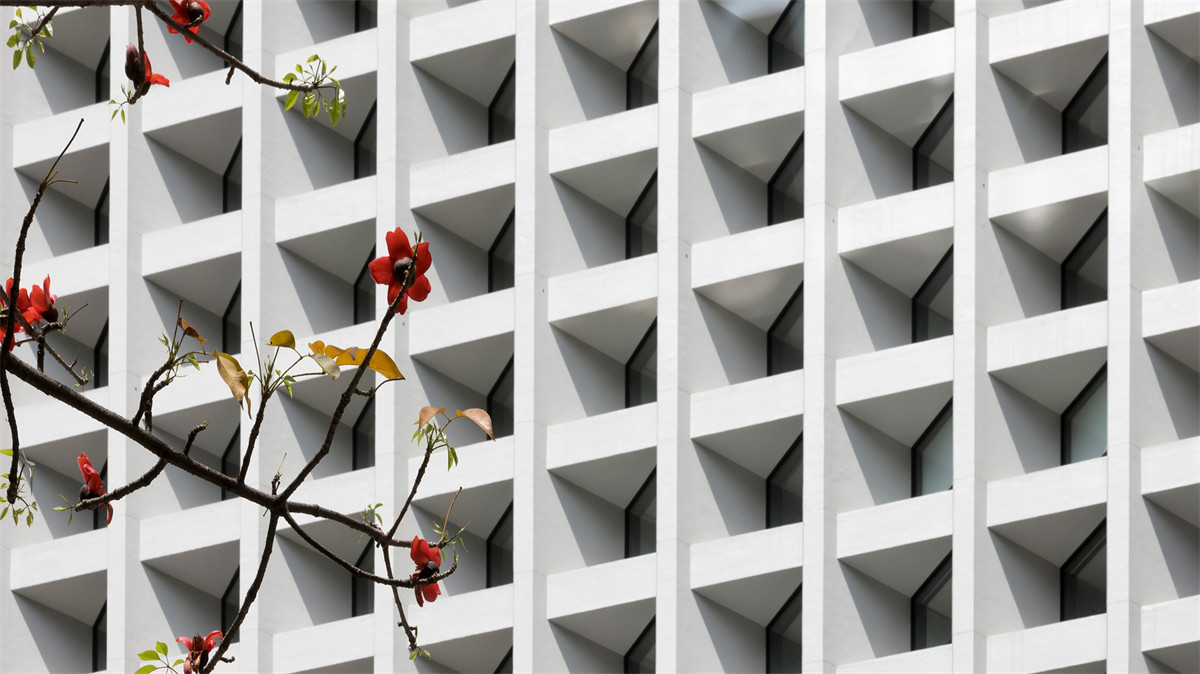
The Murray is a luxury 336-room hotel located on the southern edge of Central with panoramic views of The Peak and the gardens to the south. This major retrofit project has transformed the listed building and reinvented a unique urban quarter – stitching together the urban fabric by linking the large green spaces flanking the site to the east and west.
The Murray 酒店是一家拥有 336 间客房的豪华酒店,位于中环南部边缘,可欣赏山顶和南部花园的全景。 这个项目改造了这座受保护的建筑,并重塑了一个独特的城市街区——通过将场地两侧的大型绿地连接到东西方,将城市肌理缝合在一起。
A former government headquarters tower, the Murray Building was originally designed at a time when the city was planned around the car, and consequently stands on an island site, surrounded by roads making it impermeable for pedestrians. One of the central aims of the project is to reconnect the building with the city at ground level, creating a new street frontage on Garden Road, transparent and welcoming ground floor spaces, and enhancing and extending the landscaped grounds to incorporate a public tai chi area. At the tower’s base is a sequence of four-storey high arches intersected by a podium, and a vehicle ramp, which is a distinctive feature of the original building. A large Old and Valuable tree, which rises up through a void in the parking slab of the podium has been liberated and conserved as the centrepiece of the arrivals sequence for guests.
作为前政府总部大楼,Murray 大厦最初是在城市围绕汽车规划的时候设计的,因此矗立在一个孤岛上,周围环绕着道路,使行人无法通过。 该项目的中心目标之一是在地面层重新连接建筑与城市,在花园道上创建一个新的临街面、通透而温馨的底层空间,并加强和扩展景观场地以纳入公共 tai chi 区. 在塔楼的底部是一系列四层高的拱门,与裙楼和车辆坡道相交,这是原始建筑的一个显着特征。 一棵古老而有价值的大树,从裙楼停车场的空隙中升起,已被释放并保存为客人到达序列的核心。
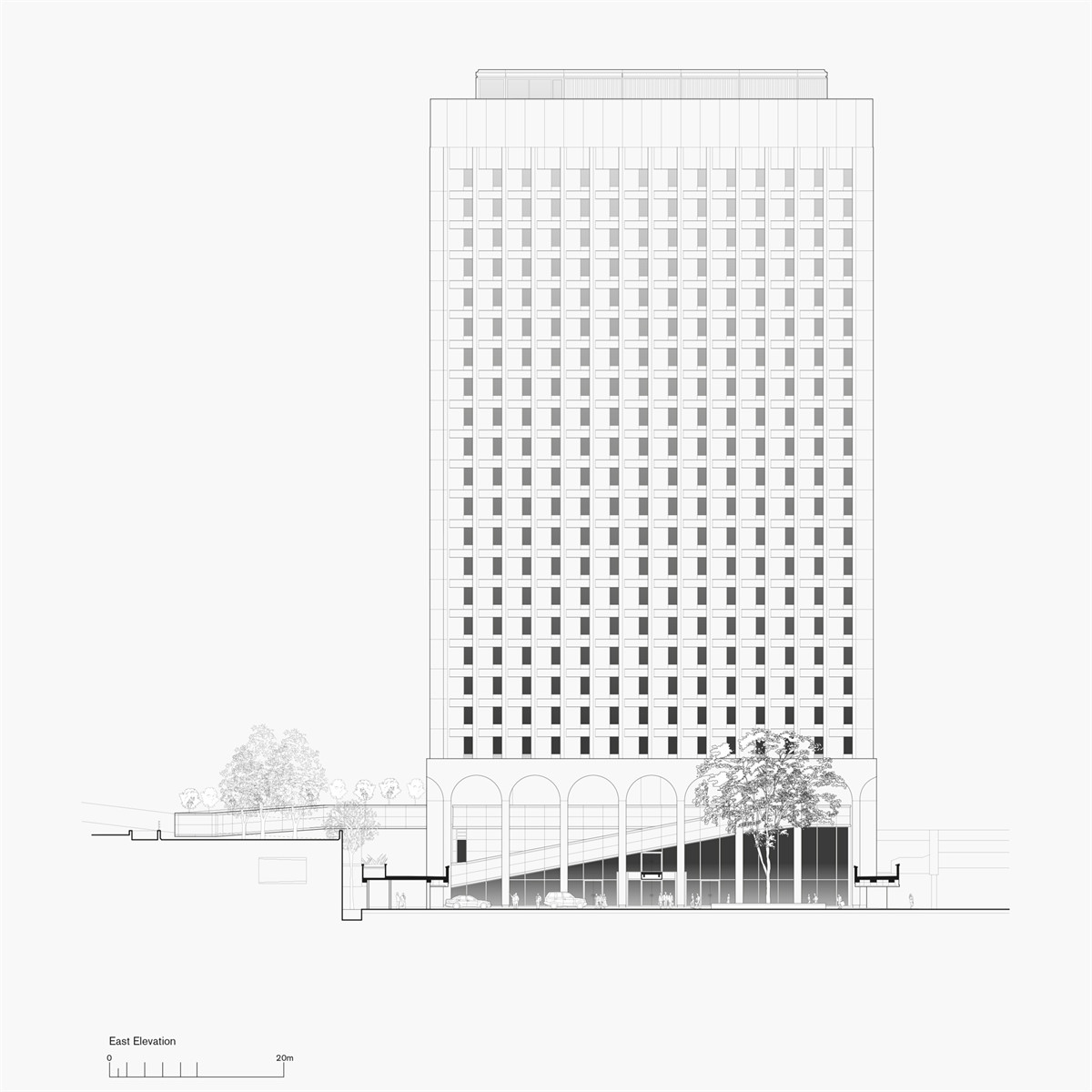
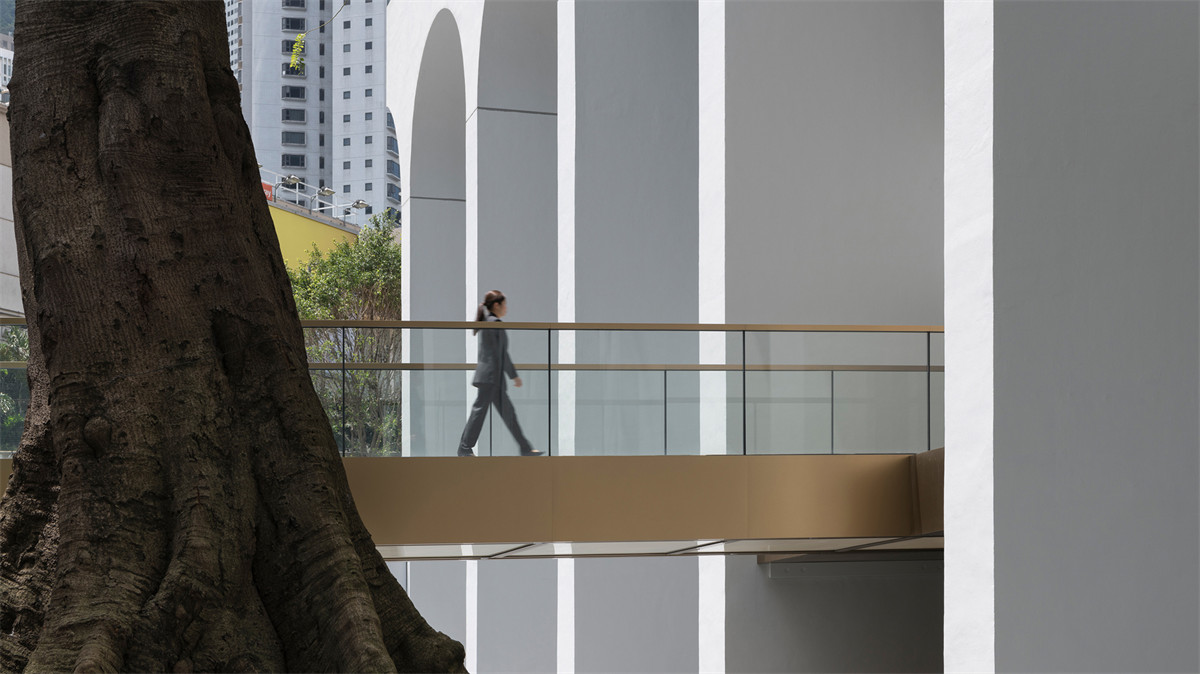
The architecture of the original building is in direct response to the climate of Hong Kong – the windows are recessed and carefully orientated to avoid the harsh tropical sunlight – gaining it an Energy Efficient Building Award in 1994. The design team consulted Ron Phillips, the original architect from the public works department, thus gaining valuable insights into the building’s history. The new design retains the façade while upgrading other aspects of the building and extending the life of the building by introducing a new function appropriate for changing demands of the city – giving it a sustainable legacy for years to come.
原建筑的建筑风格直接反映了香港的气候——窗户是凹进去的,并且经过精心定位以避免刺眼的热带阳光——它在 1994 年获得了节能建筑奖。设计团队咨询了 Ron Phillips,原建筑 公共工程部门的建筑师,从而获得对建筑物历史的宝贵见解。 新设计保留了立面,同时升级了建筑的其他方面,并通过引入适合城市不断变化的需求的新功能来延长建筑的使用寿命——使其在未来几年成为可持续发展的遗产。
The tower is characterised by the distinctive pattern of its white façade, which is made up of a grid of square windows. In a fusion of interior and exterior, the inset bays provide a modular unit and organising principle for the hotel rooms, allowing for a variety of planning options. The upper level suites are angled to create a generous central living space. Luxurious corner suites benefit from spectacular dual-aspect views of the harbour and the peaks and gardens.
塔楼的特点是其白色立面的独特图案,由方格窗户组成。 在内部和外部的融合中,嵌入式海湾为酒店客房提供了一个模块化单元和组织原则,允许多种规划选择。 上层套房倾斜,营造出宽敞的中央生活空间。 豪华的转角套房享有海港、山峰和花园的壮观双面景观。
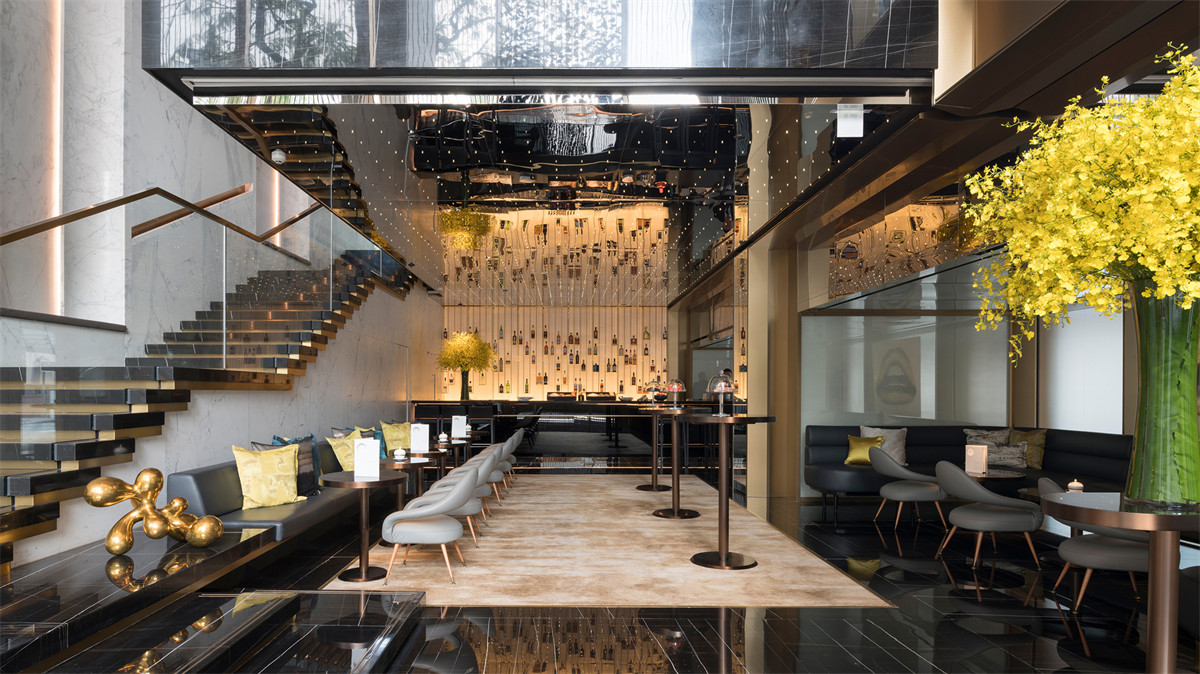

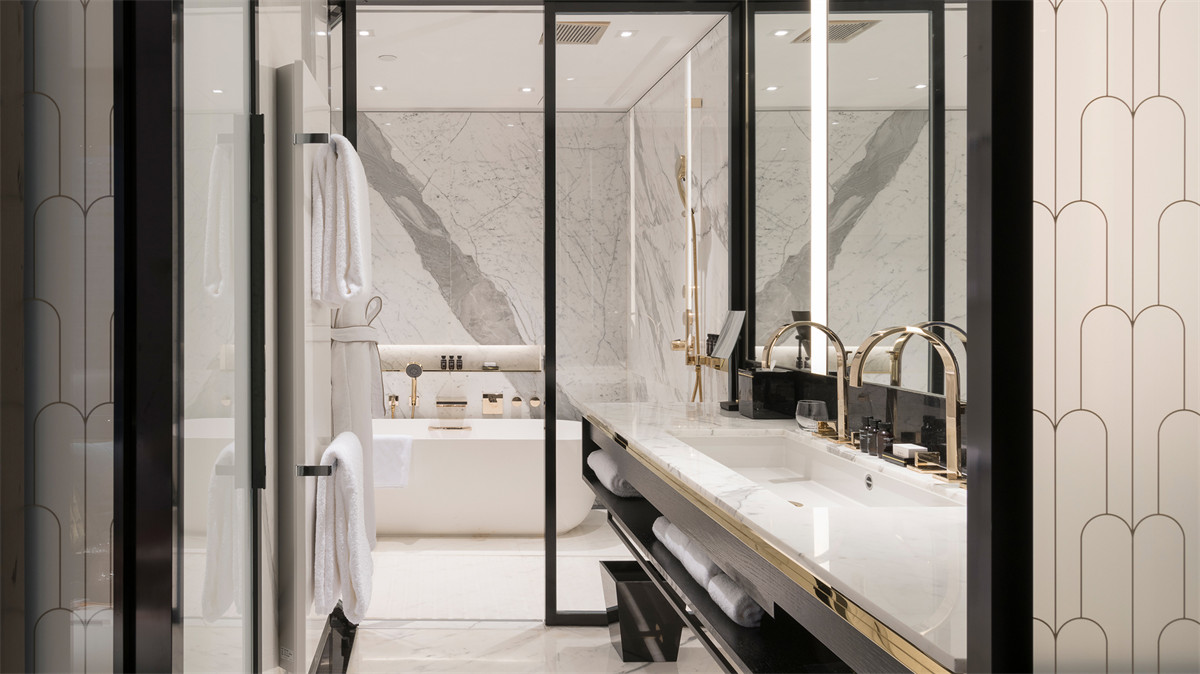
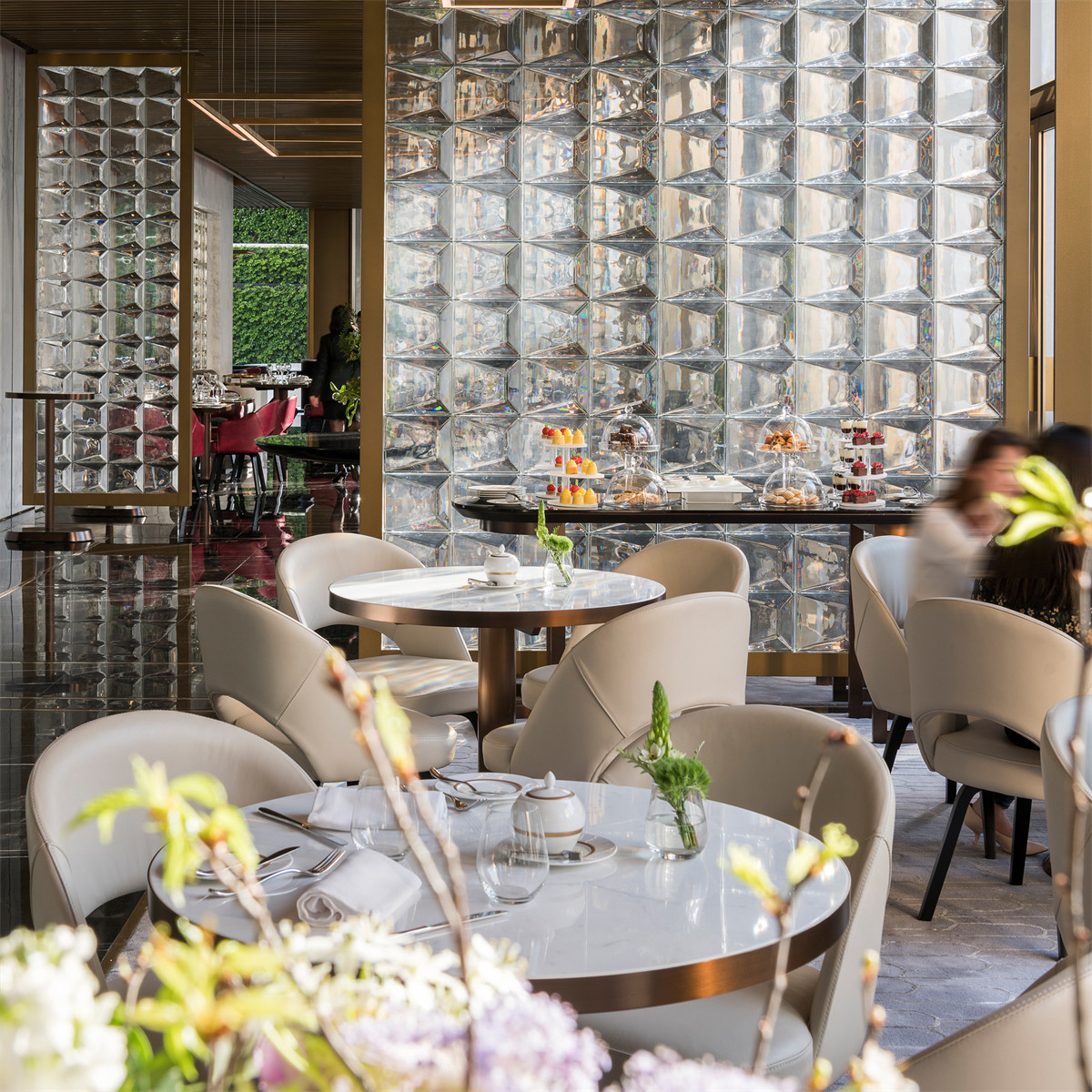

SEE MORE Foster + Partners
